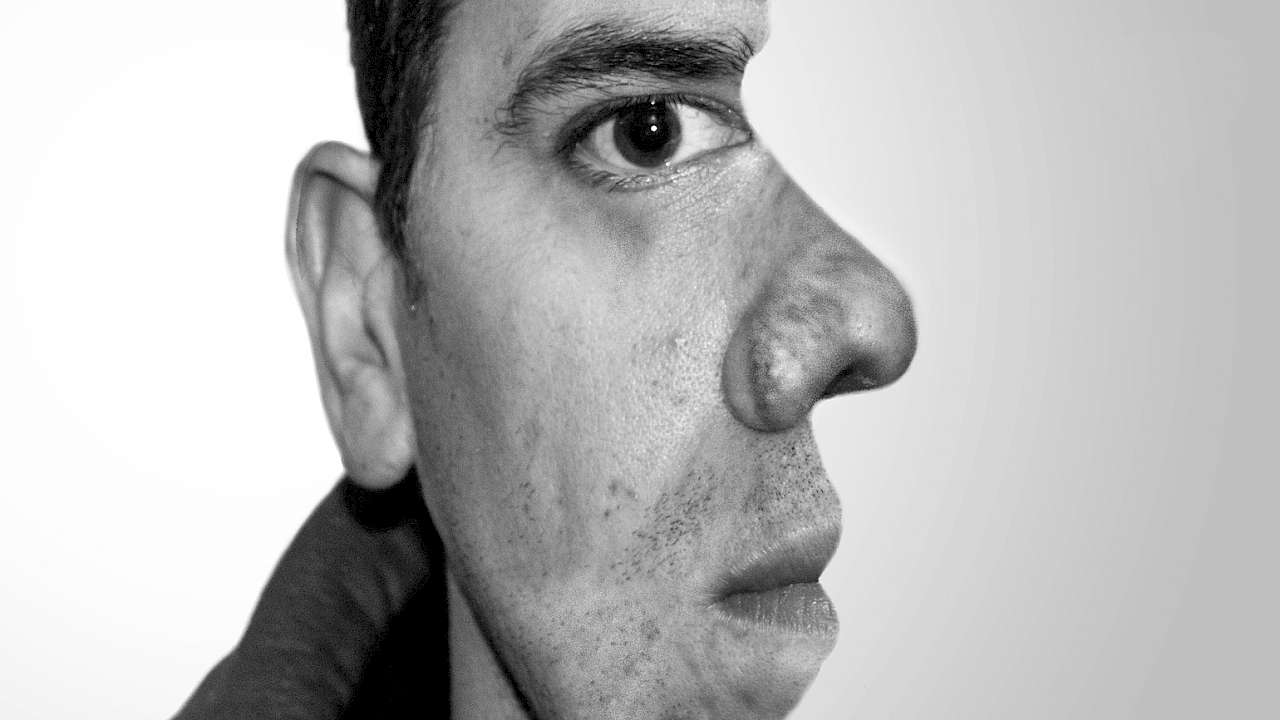A terrorist plotting a mass casualty attack as part of an extremist group. A disgruntled employee on the verge of taking action that will cause significant financial and reputational harm. A lone actor in the recesses of the dark web hacking, stealing, misinforming, or circulating material that may well ruin lives.
These scenarios, although appearing different on the surface, have similarity at their core. Specifically, these scenarios involve human beings who have decided to take radical action that will have dire consequences. Once identified, they are the individuals that interviewers must engage with to prevent those consequences in the immediate and longer-term.
Thankfully such individuals are rare. However, the prospect of failing to make the best use of an opportunity to speak to them places significant pressure on law enforcement and intelligence personnel. In addition to the short-term aims of securing a conviction or preventing an immediate tragedy, there may be a longer-term aim of learning about the motivations, autobiographical history, and key transitions that have led them to this point. As such, there is the immediate objective of gaining cooperation in the interview as well as a need to gain a detailed working understanding of someone else’s worldview. Building up a knowledge base of this kind may prove valuable in guiding future attempts at pre-emptive interventions.
Perspective-taking and achieving cooperation
Research suggests that we are overly pessimistic about our ability to get others to cooperate with us. In reality, it can be difficult for someone to avoid cooperating with a reasonable request because of the social factors involved.
In some cultures, to refuse a reasonable request can often result in a loss of face and sizeable social discomfort. However, in other circumstances, and particularly in challenging information elicitation contexts, it would be entirely reasonable to be pessimistic about the likelihood of cooperation. Ideology, identity, and other personal factors, such as loyalty to a cause or a history of negative experiences with authority, may prevent interviewees from engaging with an interviewer.
How then can an interviewer overcome these barriers and make a request for cooperation a reasonable one? The answer may be a question of perspective. Importantly, it is not for the interviewer to decide what is reasonable, but rather whether the interviewee considers it so. Therefore, the interviewer needs to consider the interaction and wider context from the perspective of the interviewee.
The task of forming an accurate model of another person’s perspective is a difficult one, involving a cognitively demanding and time-consuming process of anchoring and adjustment. This begins with anchoring our assumptions in our own understanding and then adjusting these through a series of cognitive leaps, forming and testing hypotheses until we reach what we consider to be a plausible approximation of the other person’s perspective.
Unfortunately, this process is subject to an egocentric bias. Furthermore, and precisely because it is cognitively demanding and time-consuming, we may cut the process of assessing another’s perspective short. Specifically, and consistent with the notion of ‘satisficing’ – making a decision that satisfies the minimum possible requirements – we may stop at the first reasonable solution, rather than the most accurate one.
In such cases, resistance by the interviewee might be attributed to their personal characteristics, such as deliberate avoidance, unwillingness to face reality or even a lack of intelligence. Interviewers might even reach a (premature) conclusion that it is impossible to elicit usable information from such interviewees.
Operational pressures
A number of common features in operational environments may exacerbate the challenges inherent in taking another’s perspective into account:
- Time pressure – whether a lack of planning time before the interaction or a perceived need to get to the important matter at hand. Lack (or perceived lack) of time may truncate the perspective-taking process even further, likely resulting in an even more inaccurate model.
- Mode of interaction – while it may be easier to engage with a subject by phone, email or social media, interviewers in such situations cannot draw on the more complex social feedback inherent in a face to face interaction. Reassessing the perspective model may become more difficult in a less direct mode of interaction. Worse still, research suggests that social pressures to conform are also reduced in indirect modes.
- Cognitive load on the interviewer – anything that distracts from the task of interacting with the interviewee will likely hinder the ability to understand her perspective. For example, an interviewer may have concerns about the safety of the environment, or their ability to manage unanticipated reactions.
Responding to the challenge
Incentivising accuracy can improve our ability to model another person’s perspective. The increased possibility of success should be a sufficient incentive to encourage the questioning of assumptions about an individual. Spending more preparation time and effort modelling the likely perspective of an interviewee is not time wasted. Similarly, more is needed than the delivery of empathy in the interview itself, although that and other positive behaviours are likely to be beneficial.
Modelling an interviewee’s perspective and generating alternate hypotheses about their possible reactions may also facilitate the generation of alternative action plans. Doing this as part of preparation prior to the encounter is likely easier than during the encounter itself when cognitive resources are in high demand.
For example, how is the interviewee likely to react when they are told the reason they are being approached? Is there information that can be used to impress upon them that this is a process they need to engage with? How will they react when they realise who they are talking to? Do the answers to these questions provide hooks that will get them to engage or triggers that will cause them to switch off? Understanding the interviewee’s perspective could help not only in planning what to say but also when to say it.
It may be that rather than trying to change the person in front of us, we can take the easier route and adjust our half of the interaction. Following an unsuccessful attempt, rather than putting down to ‘it’s just them’, we need to explore it as an indication that our model of their perspective is incomplete.
The terrorist, employee, and hacker are all likely to have different reactions to attempts to engage with them. However, by working to see things their way, we give ourselves a better chance of success.
Read more
- Vanessa K. Bohns. 2016. Misunderstanding our influence over others. Current Directions in Psychological Science, 25 (2): 119–123. Available at: https://goo.gl/migmk2
- Nicholas Epley, Boaz Keysar, Leaf Van Boven & Thomas Gilovich. 2004. Perspective taking as egocentric anchoring and adjustment. Journal of Personality and Social Psychology, 87 (3), 327–339. Available at: https://goo.gl/7WMX6Z
- Coral J. Dando & Gavin E. Oxburgh. 2016. Empathy in the field: Towards a taxonomy of empathic communication in information gathering interviews with suspected sex offenders. European Journal of Psychology Applied to Legal Context, 8 (1), 27–33. Available at: https://goo.gl/Mv9TKX
- Gerd Gigerenzer & Wolfgang Gaissmaier. 2011. Heuristic decision making. Annual Review of Psychology, 62: 451–482. Available at: https://goo.gl/TdKTAK
- Mahdi Roghanizad & Vanessa Bohns. 2017. Ask in person: You’re less persuasive than you think over email. Journal of Experimental Social Psychology, 69: 223–226. Available at: https://goo.gl/22i6Zu
Copyright Information
As part of CREST’s commitment to open access research, this text is available under a Creative Commons BY-NC-SA 4.0 licence. Please refer to our Copyright page for full details.








